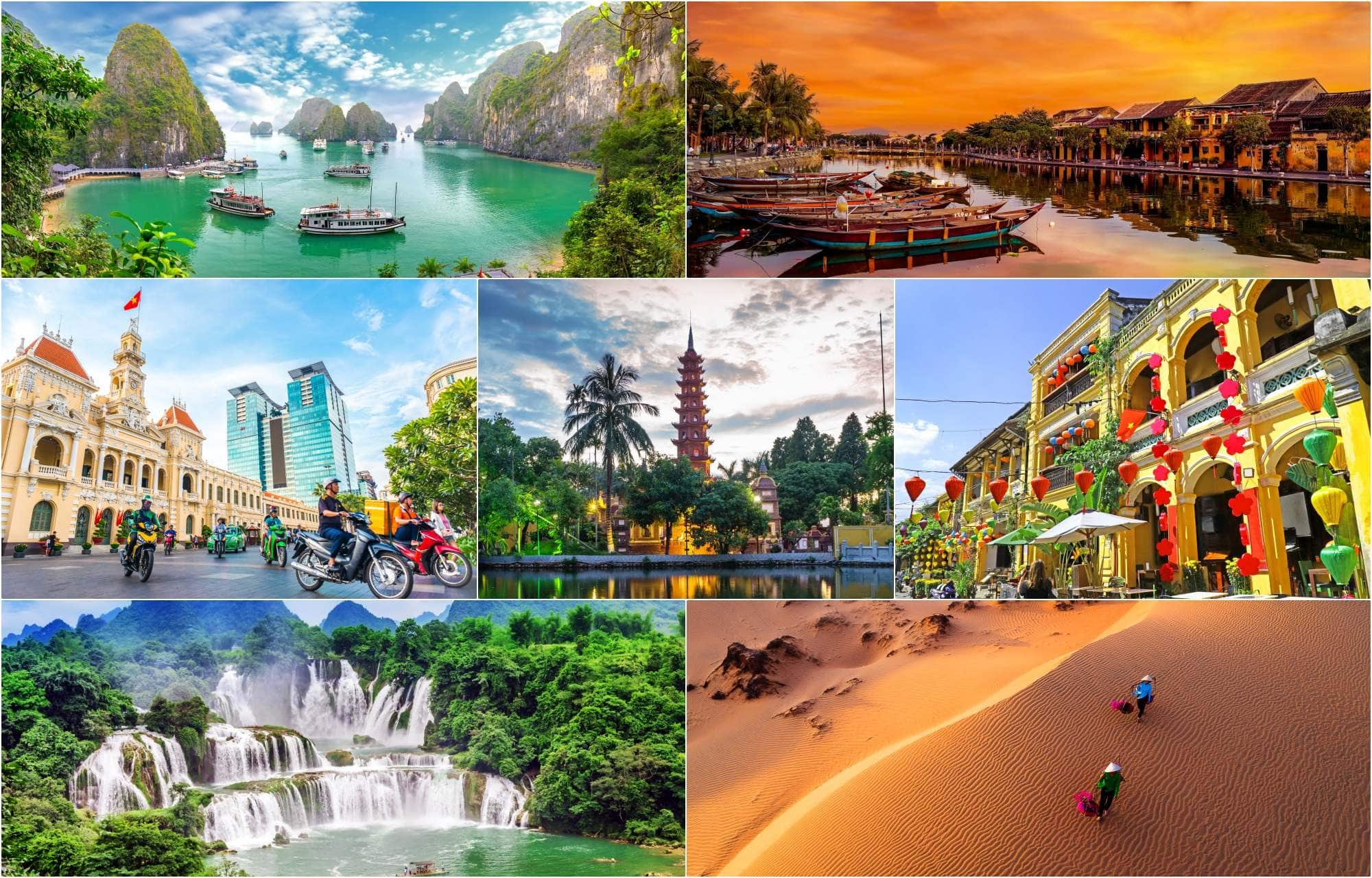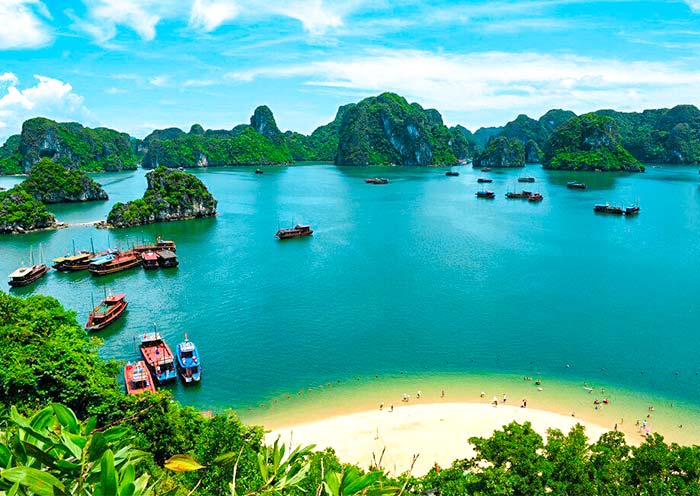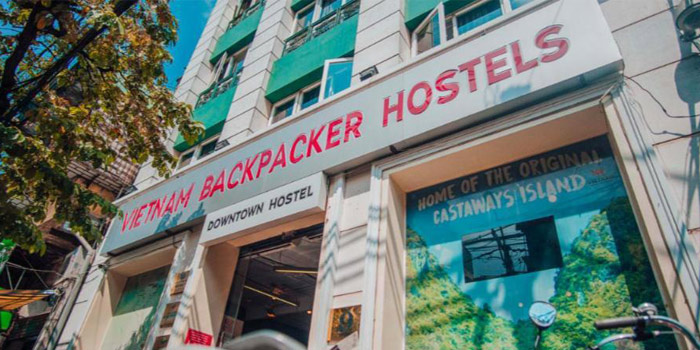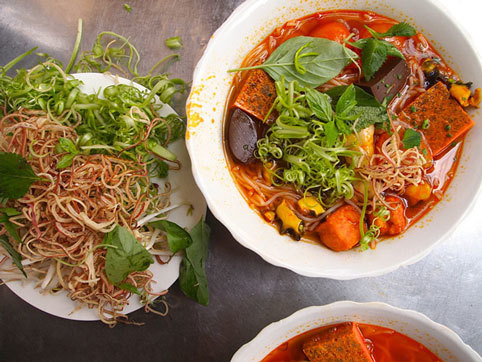
Vietnam on a Shoestring: Your Ultimate Budget Travel Guide
Affordable Adventures: Mastering Budget Travel in Vietnam
Vietnam’s affordability makes it a top pick for travelers, but smart planning maximizes savings. The key lies in balancing cost with experience—choosing the right season, transportation, and local gems over tourist traps.
Timing Your Trip for Maximum Savings
Vietnam’s peak seasons (December–March and June–August) see inflated prices. Instead, visit during shoulder seasons (April–May or September–November) for lower costs and pleasant weather. Northern regions like Hanoi and Sapa are cooler in winter, while southern hubs like Ho Chi Minh City stay tropical year-round.
Monsoon seasons vary by region: the north and south have distinct rainy periods, while central Vietnam faces storms from September–November. Research regional climates to avoid disruptions. Off-peak travel not only cuts costs but also means fewer crowds at iconic sites like Ha Long Bay or Hoi An’s ancient town.
Scoring Cheap Flights to Vietnam
Flexibility is your best ally. Use aggregators like Skyscanner or Google Flights to compare prices across months. Mid-week flights are often cheaper, and flying into Hanoi (HAN) or Ho Chi Minh City (SGN) typically offers better deals than smaller airports.
Budget airlines like VietJet Air and Bamboo Airways frequently run promotions—sign up for alerts. Consider nearby hubs (Bangkok or Kuala Lumpur) if direct flights are pricey, then take a low-cost connector. Booking 3–6 months in advance secures the best rates, especially for peak travel times.
Navigating Vietnam’s Visa System
Many nationalities require a visa, but options like Visa on Arrival (VOA) can save time and money. Apply online through approved agencies (avoid shady sites) for a pre-approval letter (~$20), then pay the stamping fee ($25–$50) upon landing.
E-visas (30-day, single-entry) are available for ~$25 but require advance application. Check your embassy’s website for updates—rules can change. Overstaying incurs hefty fines, so plan your itinerary carefully.
Unlock Vietnam Without Breaking the Bank: Smart Travel Strategies
Stretching your budget in Vietnam isn’t just about cutting corners—it’s about making informed choices that enhance your experience. From street eats to scenic motorbike routes, here’s how to explore richly for less.
Eating Like a Local for Under $5 a Day
Vietnamese street food is legendary—and dirt cheap. A bowl of pho or banh mi costs under $2. Follow locals to bustling markets like Hanoi’s Dong Xuan or Ben Thanh in Ho Chi Minh City for the freshest bites.
Avoid touristy restaurants near attractions; walk a few blocks for authentic, lower-priced meals. Learn basic phrases like “bao nhiêu tiền?” (how much?) to avoid inflated prices. For ultra-budget meals, try com tam (broken rice) or bun cha (grilled pork noodles).
Public Transport: Buses, Trains, and Ride-Hailing
Overnight buses (e.g., Sleeper buses from Hanoi to Da Nang) save on accommodation. Book with reputable companies like The Sinh Tourist for safety. Trains offer scenic routes (e.g., Hanoi to Hue), with hard seats being the cheapest option.
Apps like Grab (Southeast Asia’s Uber) provide affordable rides—negotiate taxi fares upfront to avoid scams. In cities, cyclos (pedicabs) are charming but agree on prices beforehand.
Free and Low-Cost Activities
Vietnam’s beauty often doesn’t cost a dime. Hike Fansipan’s trails, wander Hoi An’s lantern-lit streets at night, or relax on Da Nang’s beaches. Many temples (e.g., Hanoi’s Temple of Literature) have minimal entry fees.
Join free walking tours (tip-based) in major cities for historical insights. Check local event boards for festivals—Tet (Lunar New Year) offers vibrant, free celebrations.
Vietnam Budget Travel Secrets: From Accommodation to Activities

Hostels vs. Homestays: Where to Stay for Less
Hostels ($3–$10/night) are social hubs with perks like free breakfast. Look for highly rated options on Hostelworld. Homestays in rural areas (e.g., Sapa or Mekong Delta) offer cultural immersion for ~$10–$15, often including meals.
Motorbike Adventures (Safely!)
Renting a motorbike (~$5–$10/day) unlocks remote areas like Ha Giang’s loop. Always wear a helmet and ensure your travel insurance covers riding. Avoid Hanoi or Ho Chi Minh City traffic if inexperienced—opt for quieter routes like Dalat to Nha Trang.
Bargaining Like a Pro
Markets expect haggling. Start at 50% of the asking price and meet in the middle. Stay polite—walking away often triggers better offers. Avoid bargaining for trivial amounts; a few cents matters more to vendors than you.
Conclusion
Vietnam proves that unforgettable travel doesn’t require a lavish budget. By embracing local lifestyles, timing trips wisely, and prioritizing authentic experiences, you’ll discover the heart of Southeast Asia without draining your wallet. Budget Travel in Vietnam: Top Tips for an Affordable Trip isn’t just about saving money—it’s about enriching your journey through smart, immersive choices. Pack light, plan thoughtfully, and let Vietnam’s charm unfold affordably.




